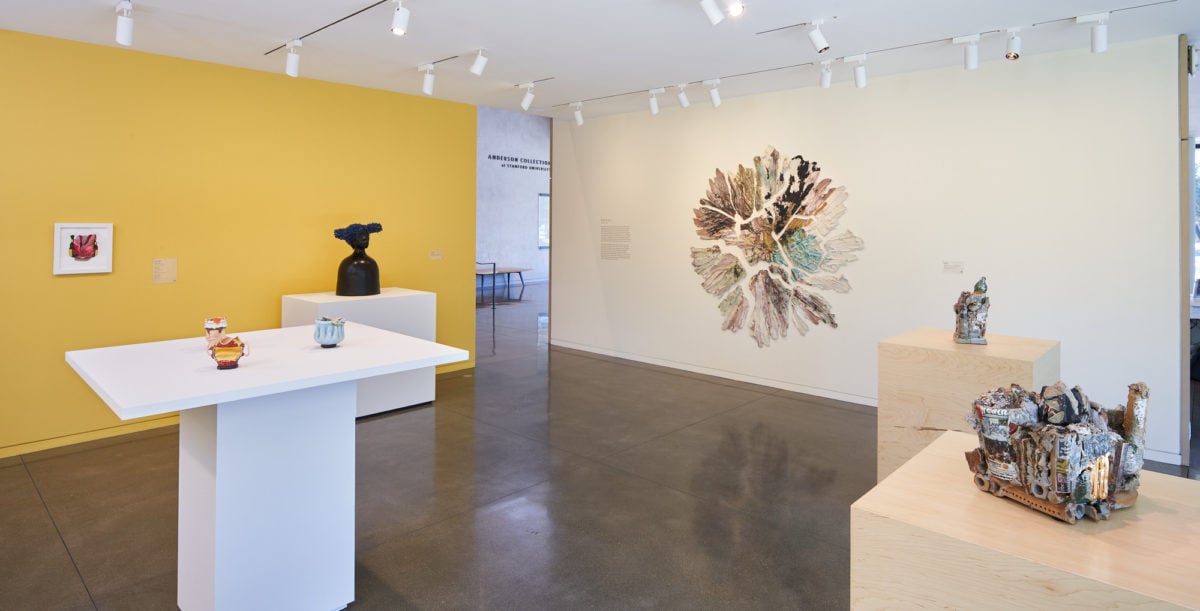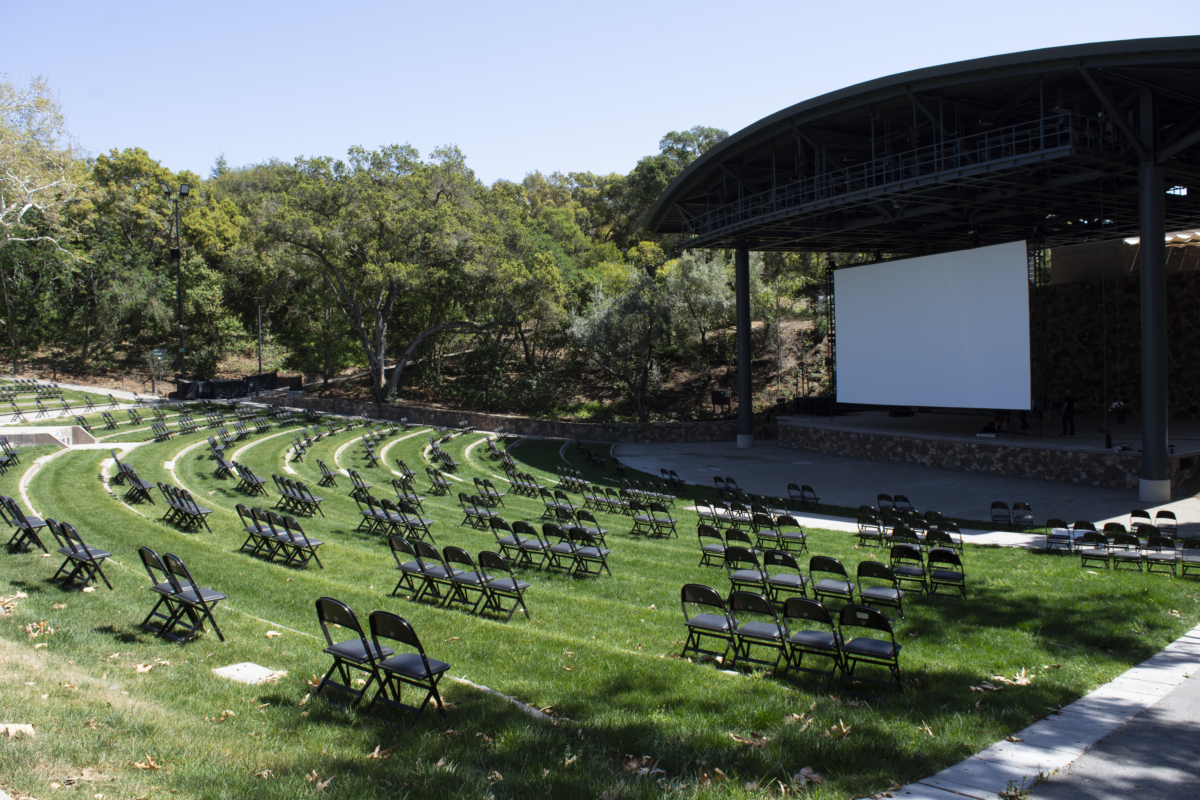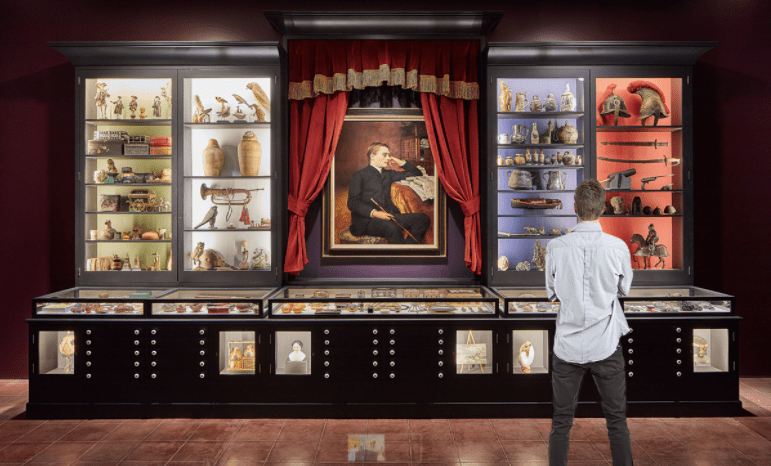After a year of being closed, Stanford’s artistic centers are reopening to the public. As these spaces return to the familiarity of in-person experiences, they are also launched headfirst by COVID-19 into the world of digital media, expanding their virtual reach.
On April 21, the Anderson Collection and the Cantor Arts Center will open to the public at 25% capacity. Stanford Live’s Frost Amphitheater will open on April 29 with less than 5% capacity. The openings are part of the larger campus effort to gradually reintroduce arts and athletics venues.
Even with the return of in-person services, online programming is here to stay post-pandemic for these Stanford venues, according to Cantor Arts Center Interim Co-Director Elizabeth Mitchell and Anderson Collection Director Jason Linetzky. Cantor and the Anderson Collection both intend to continue providing digital museum tours and uploading event recordings. Stanford Live and Bing Concert Hall Executive Director Chris Lorway said that Frost also plans to continue exploring the film medium and may use virtual resources to pre-record show talks.
“All museums live in a hybrid world now,” Mitchell said. “There’s an expectation that there will be accessible online content, as well as in-person experiences when that’s possible.”
Linetzky, Mitchell and Lorway all see broader reach as a benefit to online programming. During the COVID-19 closure, programming for Cantor, Anderson and Frost was all online, meaning that audiences were able to surpass the typical geographic barriers of in-person exhibits and performances. Lorway’s own family proved this to be true, as his mother in Nova Scotia regularly tuned into Frost’s virtual events.

“Moving forward, we want to be able to take that knowledge that we’ve gained, take some of that sort of technical understanding that we’ve developed and grow it so that we can continue to really reach audiences near and far,” Linetzky said.
As much as COVID-19 pushed forth digital development for Stanford’s artistic centers, it also solidified the importance of in-person opportunities. Linetzky, Mitchell and Lorway agree that the online space is no substitute for experiencing art up close and are excited to open their spaces to the public once again.
“Museum people are social people. We like people around. We like to share things,” Mitchell said.
Cantor and the Anderson Collection are both already experimenting with this mix of virtual and in-person offerings. Those surfing the web can enjoy a virtual tour of “When Home Won’t Let You Stay: Migration through Contemporary Art” or explore recorded conversations on the art. Once Cantor’s physical location opens, patrons can go visit the exhibit in real life. Similarly, “Hostile Terrain 94,” a physical installation at the Anderson Collection, can also be viewed through a virtual tour.
Lorway said that Frost is expecting tickets to sell out quickly for their upcoming events, namely their Stanford Under the Stars movie nights. After more than a year of isolation due to COVID-19, Lorway says there could be a new “Roaring ’20s” on the horizon.

“I think there’s going to be that level of at least short-term pent-up demand where people are wanting to become communal again,” Lorway said.
The role of art in creating community has only been further strengthened by this period of separation, according to Linetzky.
“I think the pandemic has helped remind us, in a way, how big of a role we can play in creating a home for the arts and creating a space within which people feel comfortable and welcome to share ideas — to engage in discourse, to engage in hard questions, to find joy amongst themselves and their friends and peers,” Linetzky said.
